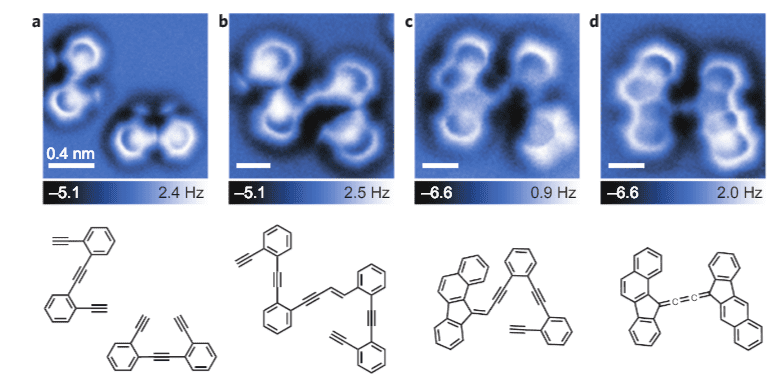It can be quite difficult to visualize chemical reactions in real life, but modern science is here to help us once again. Alexander Riss, a chemist from the Max Planck Institute for the Structure and Dynamics of Matter, and his team managed to image several organic reactions, in an attempt to improve our understanding of chemical reactions used in industrial processes.

Organic chemistry is the bane of many high school students but it’s one of the cornerstones of our modern society. The chemical industry converts into raw materials more than 70,000 different products.
“Chemical transformations at the interface between solid/liquid or solid/gaseous phases of matter lie at the heart of key industrial-scale manufacturing processes,” researchers write in the paper.
Understanding the microscopic mechanisms of these reactions is a great challenge, but could provide great improvements to the chemical industry. With that in mind, they employed a special microscopy technique called non-contact atomic force microscopy (nc-AFM).
“To obtain a better understanding of the different reaction pathways observed on the substrate surface, we determined the precise chemical structures of the adsorbates through high-resolution nc-AFM imaging.”
As microscopy techniques continue to develop, we’re getting a better and better look of these processes and being able to actually see a chemical reaction is simply mind blowing.
Journal Reference: Imaging single-molecule reaction intermediates stabilized by surface dissipation and entropy.


